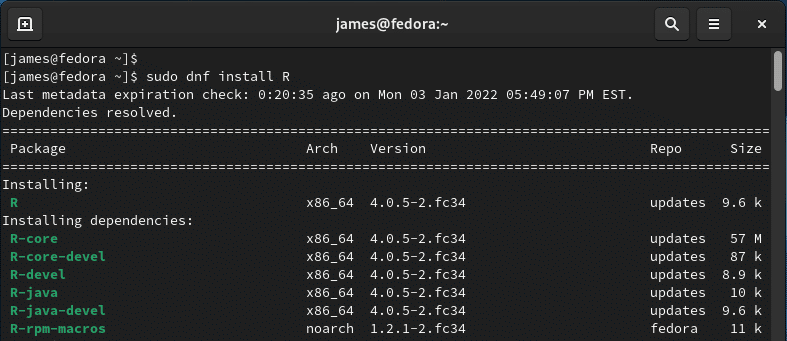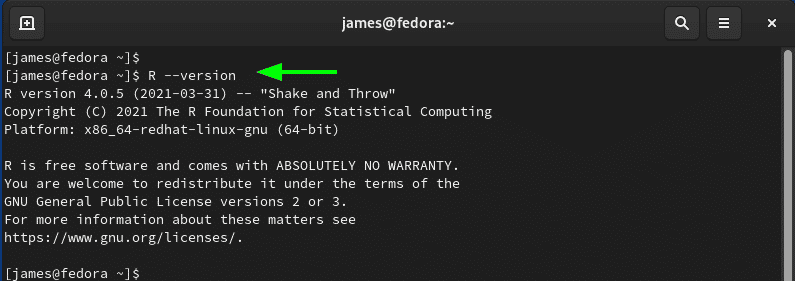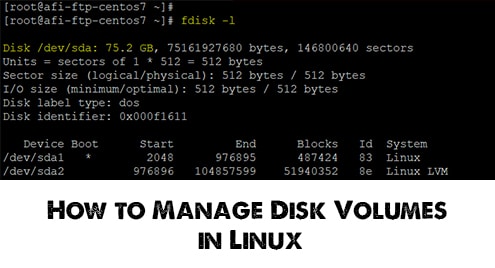Developed by Robert Gentleman and Ross Ihaka in 1993, R is a free and opensource programming language that is mostly used in statistical computing & modeling, data analytics, and scientific research. In a 2021 survey, R programming comes fourth after Python, Javascript, and Java in the list of programming languages extensively used in data science.
R is widely used by data scientists and researchers to retrieve, analyze and visualize data. The R programming language is mostly used in institutions such as Manufacturing, e-Commerce, healthcare, and financial institutions such as Banks to perform risk analysis such as credit risk analysis.
Notable companies that use R include:
- Google – For economic forecasting and ensuring advertising effectiveness.
- Facebook – For behavioral analysis in relation to status updates, reactions, profile pictures, etc.
- Twitter – Semantic clustering and data visualization.
- Uber – Statical modeling and analysis.
- ANZ Banking group – Risk analysis.
and many more.
In this guide, you will learn how to install the R programming language on Fedora 34/35.
Step 1: Install dependencies on Fedora 34/35
To get off the ground, launch your terminal and update the system packages and repositories as follows:
$ sudo dnf update
Once completed, run the command below to install dependencies:
$ sudo dnf install dnf-utils dnf-plugin-config-manager dnf-plugins-core
With the prerequisites in place, you can now head over and install R programming language.
Step 2: Install R programming language on Fedora 34/35
Installing R is quite a straightforward task since R is already available in Fedora repositories. Nothing fancy is required here and to install R, simply run the command:
$ sudo dnf install R

During the installation, hit Y to continue installing R alongside all its dependencies and some additional packages.
Once installed confirm the version of R as follows
$ R --version

At this point, R has been successfully installed. The installation also installs other additional components which include:
Minimal R components: R-core
File for the development of R packages without Java: R-core-devel
Java development package for R components: R-java-devel
Java Runtime Environment provided by Fedora: R-java
Headers from the standalone Math library: libRmath-devel
Standalone math Library for R project: libRmath
Conclusion
And this brings this guide to a close In this tutorial, we have demonstrated how you can install the R programming language on Fedora 35




